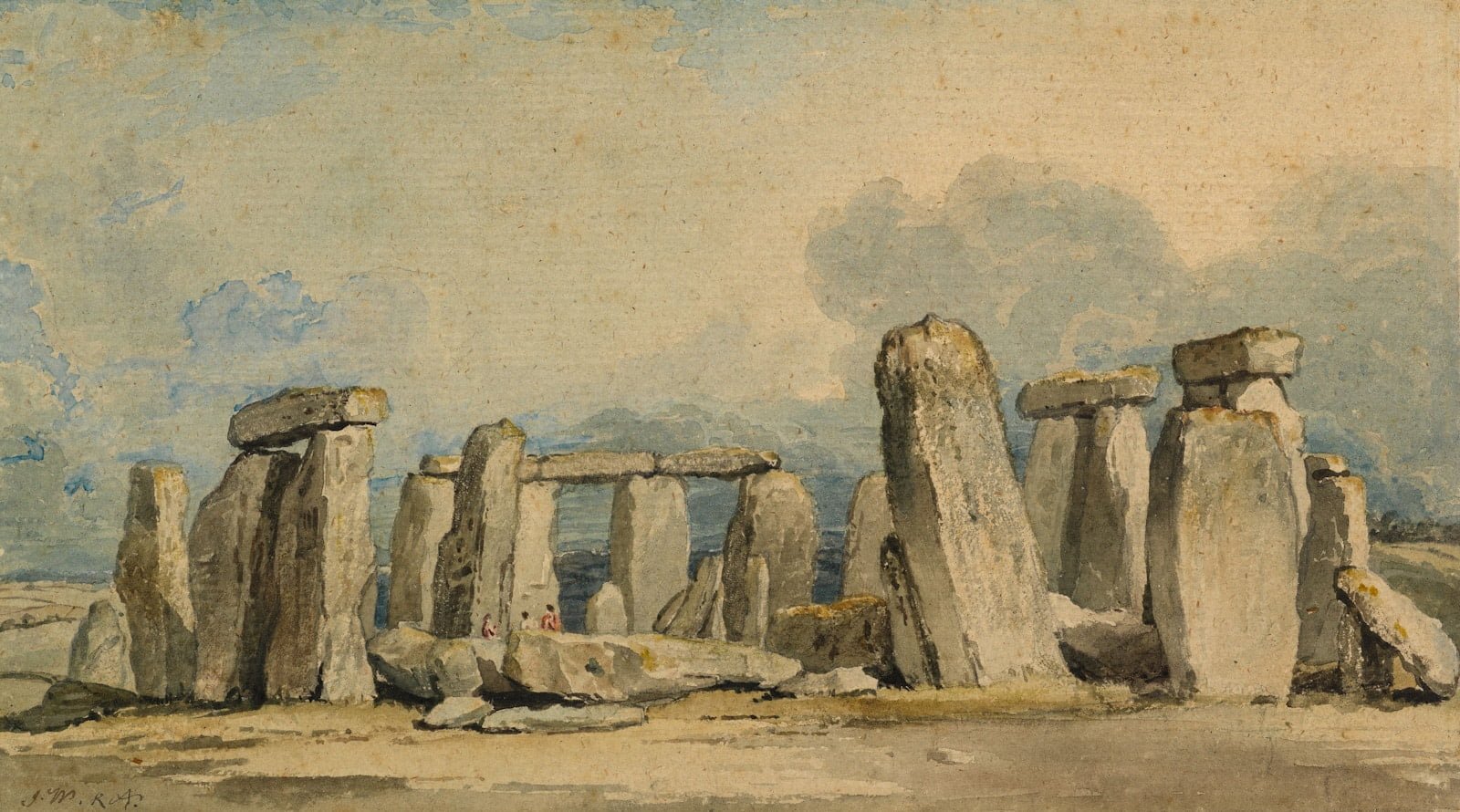Introduction
In a world that often demands logic and reason, we sometimes forget the profound healing power of creativity. Art therapy is a unique and transformative approach to mental health that harnesses the power of artistic expression to improve emotional and psychological well-being. This guide explores the incredible benefits of art therapy and how it can help you unleash your inner creativity and heal from within.
Understanding Art Therapy

What is Art Therapy?
Art therapy is a form of psychotherapy that uses the creative process of making art to improve a person’s physical, mental, and emotional well-being. Unlike traditional therapy, which relies primarily on verbal communication, art therapy allows individuals to express themselves through various art forms, including painting, drawing, sculpting, and digital media. This form of therapy provides a unique way to explore emotions, resolve conflicts, develop self-awareness, and manage behavior.
The History and Evolution of Art Therapy
The roots of art therapy can be traced back to the early 20th century, when psychiatrists and educators began to recognize the therapeutic benefits of art-making. The field gained formal recognition in the 1940s and 1950s, with pioneers like Margaret Naumburg and Edith Kramer leading the way. Over the years, art therapy has evolved to incorporate various techniques and approaches, integrating principles from psychology, counseling, and art education to create a holistic therapeutic practice.
Benefits of Art Therapy
Art therapy offers numerous benefits, including enhanced emotional expression, improved mental health, and increased self-awareness. It provides a safe space for individuals to explore and process their emotions creatively. Art therapy can help reduce symptoms of anxiety and depression, promote relaxation, and foster a sense of accomplishment and self-esteem. Additionally, it encourages problem-solving and critical thinking skills, providing a unique outlet for personal growth and healing.
How Art Therapy Works
Art therapy typically begins with an initial assessment, where the therapist and client discuss the client’s goals and concerns. The therapist then creates a personalized treatment plan that may include various art-making activities. During sessions, clients are encouraged to create art that expresses their thoughts and feelings. The therapist guides the process, helping clients explore the meaning behind their creations and gain insights into their emotions and behaviors. The therapeutic process is flexible and can be adapted to meet the individual needs of each client.
Exploring Different Forms of Art Therapy

Painting and Drawing
Painting and drawing are among the most common forms of art therapy. These activities allow individuals to express their emotions visually, providing a tangible representation of their inner experiences. Through the use of colors, shapes, and lines, clients can explore their feelings and develop a deeper understanding of their emotional landscape.
Sculpting and Clay Work
Sculpting and working with clay offer a tactile and hands-on approach to art therapy. These activities can be particularly grounding and calming, helping individuals connect with their physical sensations and release tension. Sculpting allows clients to shape and mold their emotions, creating three-dimensional representations of their inner world.
Collage and Mixed Media
Collage and mixed media art therapy involve using various materials, such as paper, fabric, and found objects, to create art. This form of therapy encourages experimentation and creativity, allowing individuals to combine different textures and elements to express their thoughts and feelings. Collage and mixed media can be particularly effective for individuals who enjoy exploring different artistic techniques and materials.
Digital Art Therapy
In today’s digital age, digital art therapy has become an increasingly popular option. This form of therapy involves using digital tools and software to create art. Digital art therapy offers flexibility and accessibility, making it a convenient option for individuals who prefer working with technology. It can also be an excellent way to explore new creative mediums and techniques.
Common Issues Addressed in Art Therapy
Anxiety and Depression
Art therapy can be a powerful tool for managing anxiety and depression. Creating art allows individuals to express their emotions in a safe and non-judgmental environment. Art therapy helps individuals explore the root causes of their anxiety and depression, develop healthy coping strategies, and improve their overall mental health.
Trauma and Post-Traumatic Stress Disorder (PTSD)
For individuals who have experienced trauma or PTSD, art therapy provides a way to process and heal from their experiences. Creating art can help individuals express feelings that may be difficult to put into words. Art therapy allows individuals to safely explore their trauma, reduce symptoms of PTSD, and build resilience.
Emotional Expression and Regulation
Art therapy helps individuals improve their emotional expression and regulation. By creating art, individuals can explore and express their emotions in a healthy and constructive way. Art therapy provides tools and techniques for managing difficult emotions, fostering emotional balance and well-being.
Self-Discovery and Personal Growth
Art therapy encourages self-discovery and personal growth. Through the creative process, individuals can explore their identity, values, and beliefs. Art therapy provides a unique opportunity for self-reflection and introspection, helping individuals gain insights into their thoughts, feelings, and behaviors.
Finding the Right Art Therapist
What to Look For in an Art Therapist
When searching for an art therapist, consider their qualifications, experience, and therapeutic approach. Look for therapists who are licensed and have specialized training in art therapy. It’s also important to find a therapist whose communication style and personality align with your own, as a strong therapeutic relationship is crucial for effective therapy. Reading reviews and testimonials can provide insight into the therapist’s effectiveness and approach.
Verifying Credentials and Experience
Verifying a therapist’s credentials is essential to ensuring you receive quality care. Check if the therapist is licensed in your state or country and if they hold relevant certifications from professional organizations such as the American Art Therapy Association (AATA) or the British Association of Art Therapists (BAAT). Additionally, ask about the therapist’s experience with art therapy and their familiarity with the specific issues you are facing.
Initial Consultation: What to Expect
An initial consultation with an art therapist is an opportunity to discuss your concerns and determine if they are a good fit for you. During this session, you can ask questions about their experience, approach to therapy, and what you can expect from future sessions. The consultation helps establish a rapport and ensures that you feel comfortable and supported. It’s also a time to discuss your goals for therapy and develop a plan tailored to your needs.
Payal Sud: Expert in Art Therapy

About Payal Sud
I am Payal Sud, a dedicated therapist with a passion for helping individuals heal through the power of art. With a background in psychology and extensive experience in art therapy, I bring a unique and creative approach to my practice. Whether you’re dealing with anxiety, depression, trauma, or simply seeking to enhance your well-being, I am here to support you every step of the way.
Payal’s Approach to Art Therapy
My approach to art therapy is holistic and client-centered. I believe in creating a safe and supportive environment where individuals can explore their emotions and experiences through art. I use a combination of therapeutic techniques, including painting, drawing, sculpting, and digital art, to support healing and personal growth. My goal is to empower clients to express themselves creatively and develop a deeper understanding of their inner world.
Creating a Safe and Supportive Environment
Creating a safe and supportive environment is crucial in art therapy. I strive to provide a space where clients can openly express their thoughts, emotions, and experiences without fear of judgment. This safe space allows for honest dialogue and deep healing, ensuring that you feel supported and understood throughout your therapeutic journey.
Effective Techniques in Art Therapy
Mandala Art
Mandala art involves creating intricate, circular designs that can be both meditative and therapeutic. This technique encourages mindfulness and concentration, helping individuals focus on the present moment and reduce stress. Mandala art can also symbolize personal growth and transformation, providing a visual representation of one’s inner journey.
Expressive Writing and Journaling
Expressive writing and journaling are powerful tools for self-exploration and emotional expression. Combining writing with art, individuals can create illustrated journals that capture their thoughts and feelings. This technique encourages self-reflection and can help individuals gain insights into their emotions and experiences.
Group Art Therapy
Group art therapy involves creating art in a group setting, providing a sense of community and shared experience. This form of therapy encourages collaboration and communication, helping individuals build social connections and support networks. Group art therapy can be particularly beneficial for individuals who feel isolated or disconnected.
Specialized Art Therapy for Specific Needs
Child and Adolescent Therapy
Art therapy is an excellent tool for working with children and adolescents. It provides a non-verbal outlet for young individuals to express their emotions and experiences. Art therapy can help children and adolescents manage anxiety, improve self-esteem, and develop healthy coping strategies.
Grief and Loss
Art therapy can be a powerful tool for individuals coping with grief and loss. Creating art allows individuals to express their emotions and process their grief in a safe and supportive environment. Art therapy provides a way to honor and remember loved ones, fostering healing and acceptance.
Enhancing Overall Wellness
Art therapy is not only for addressing specific issues but also for enhancing overall wellness. It promotes self-awareness, personal growth, and resilience. Art therapy provides a space for individuals to explore their creativity, set goals, and work towards a fulfilling and balanced life.
The Benefits of Online Art Therapy
Accessibility and Convenience
Online art therapy offers unparalleled accessibility and convenience. Clients can participate in therapy sessions from the comfort of their own homes, eliminating the need for travel and making it easier to fit therapy into busy schedules. This accessibility is particularly beneficial for individuals living in remote areas or with limited access to local therapists.
Maintaining Privacy and Comfort
Privacy is a significant concern for many seeking therapy. Online therapy provides a comfortable and private setting, which can encourage more open and honest communication. Clients can discuss sensitive issues without fear of exposure or judgment, ensuring that they feel safe and supported.
Flexibility in Scheduling
Online therapy offers flexibility in scheduling, allowing clients to arrange sessions at times that suit their lifestyle. This is particularly beneficial for individuals with busy schedules or those who need to accommodate different time zones. The ability to schedule sessions flexibly ensures that therapy can be a consistent and integral part of your healing journey.
Conclusion
Art therapy offers a unique and transformative approach to healing and personal growth. As a dedicated therapist, I am here to support you on this journey, providing the expertise and guidance you need to achieve your goals. Whether you’re dealing with anxiety, depression, trauma, or simply seeking to enhance your well-being, art therapy can help you unleash your inner creativity and heal from within.
Schedule Your Art Therapy Session with Payal Sud
Are you ready to take the next step towards creative healing and personal growth? Contact me today to schedule your art therapy session and begin your journey towards a healthier, more fulfilling life.

